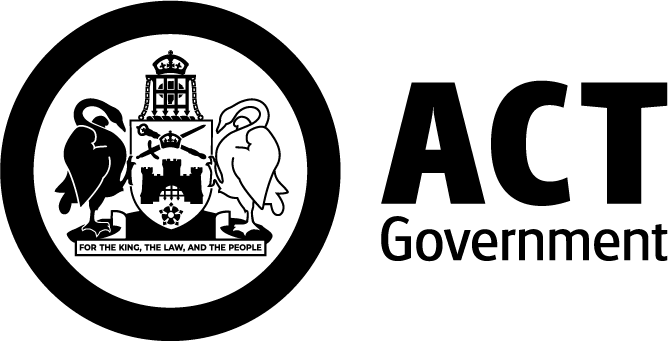Complaints process
Overview
It is an offence for a person to allow animal nuisance, unless the animal is on land that is used for:
- agricultural or grazing purposes
- an animal care facility.
Those impacted by animal nuisance may complain in writing to the Domestic Animal Services registrar.
Anonymous complaints are not investigated. The complainant’s details are required to substantiate the evidence provided.
Investigation
The registrar may investigate the complaint if they believe it is not frivolous or vexatious.
Domestic Animal Services may:
- speak with the complainant and the owner of the animal allegedly causing a nuisance
- conduct internal database searches
- make enquiries at or near the reported location
- canvas the neighbourhood by mail or in person
- inspect properties.
Animal nuisance complaints can be complex and may take up to 8 weeks to finalise.
Outcomes
The registrar may issue a Nuisance Notice to the owner which states:
- the animal nuisance must be reduced or stopped
- proceedings may be instituted for contravention of the notice or an offence of animal nuisance.
An authorised person may seize an animal if they reasonably believe the animal is causing a nuisance. A seized animal may be released to the keeper if the nuisance is not likely to happen again. Any costs or expenses incurred by the Territory in seizing or impounding the animal must be paid before the animal can be returned.
If the registrar decides not to issue a Nuisance Notice, the registrar must:
- give written notice of the decision to the complainant
- advise the complainant about any methods available for settling the issue privately.
A previous complaint may be reinvestigated if new evidence is supplied that indicates a nuisance exists.
Appeal a decision
The decision to issue a Nuisance Notice can be reviewed. The keeper of the animal or occupier of the premises may apply to the ACT Civil Administrative Tribunal (ACAT). Please see below for details on how to contact ACAT.
ACT Administrative and Civil Tribunal
For more information please refer to part 6 of the Domestic Animals Act 2000.
